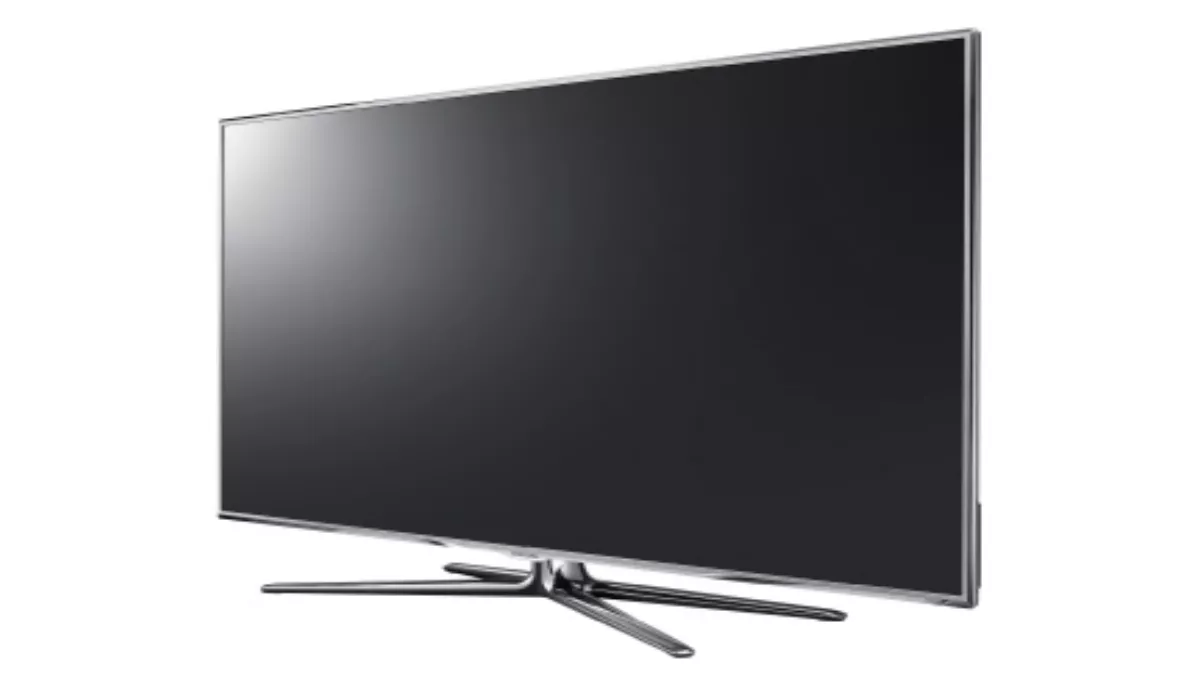
Review: Samsung LED 8000 series Smart TV
Since the launch of Hi-Definition televisions into the consumer space, it seems that each year manufacturers are bringing out TVs with more advancements and features. First it was HD, followed by 3D, and now Smart TVs, including features such as internet connectivity and apps built into the TV itself.
We took some time to get to know the new 55 inch 8000 series LED Smart TV from Samsung and here is what we thought of it.
Firstly, let’s not forget that the 8000 is a television, and a fantastic one at that. The Hi Definition 55 inch display delivered a fantastic picture and surprisingly good sound even without plugging it into a surround sound system. One of the first things that you will notice about the 8000 series LED is the thinness of the display itself and that the screen goes almost right to the edge of the television. This, coupled with the nice silver split stand creates a TV that is not only light and easy to set up, but looks stunningly elegant.
The 8000 series also features 3D support for native 3D content and the ability to convert any 2D content into 3D. The default active glasses are minimalist but function well and are light enough to forget you are wearing them in most instances.
One of the unique features of the 8000 series is the number of ways that you can interact with the unit as it features not only voice commands, but gesture recognition as well. While there is an undeniable coolness about being able to walk into the room and turn on the TV by saying "Hi TV, power on", the system beyond that relies on a series of voice activated menus with specific prompts like "Source" to take you to the change source screen. Similarly the TV features a built in camera, which (similar to the basic features of Microsoft's Xbox Kinect) tracks hand movement to allow you to interact with the TV options using your hand.
While these sound like great features on the surface, the problem lies in the tricky sensitivity of the inputs, which even after calibrations still don’t always get it right. Occasionally the TV would react to the sound of programmes it was playing and bring up the voice command menu, or someone drinking a glass of wine would make the TV think they were raising their hand to input a control. Part of this may be acoustics of a particular environment and natural noise levels - certainly the more background noise present, the more difficulty the unit had with the voice function. Thankfully if users do not want to use these features they are able to be turned on and off in the settings menu.
Our review unit also came with two remote controls, one standard remote and a new touch sensitive version that featured basic volume and channel buttons along with a touch pad. Which brings us to the big question around these voice/gesture controls and remote controls - are they actually needed? As mentioned earlier, there is certainly a cool factor about being able to talk to your TV, but if you can change the channel in a third of the time by using the regular remote, how much will these features really be used? That is something that only the individual user can answer.
The heart of the 8000 series is undoubtedly the Smart Hub, which is designed to be the gateway to internet connectivity and home to all of the Apps that are available to users. Key amongst these is the ability to access Skype, using the previously mentioned built in camera, and of course access to Facebook and many other social media platforms. As with all Smart TVs, the Achilles heel is in the interaction - browsing the web without a mouse and keyboard is so much more work that it is often quicker and easier to turn on your laptop.
Pros
- Excellent quality display, both 2D and 3D
- Ultra thin panel and edges
- Good sound quality even when standalone
- Stylish and lightweight design
- Great range of apps including Skype functionality
- Voice and gesture controls difficult to get the right level of sensitivity for effective use
- Touchpad remote control can be fiddly to use.
When it comes to the Smart features and interactive functionality, the technology is certainly cutting edge; if needing a bit of fine tuning, but the question remains as to how practical these features are.

